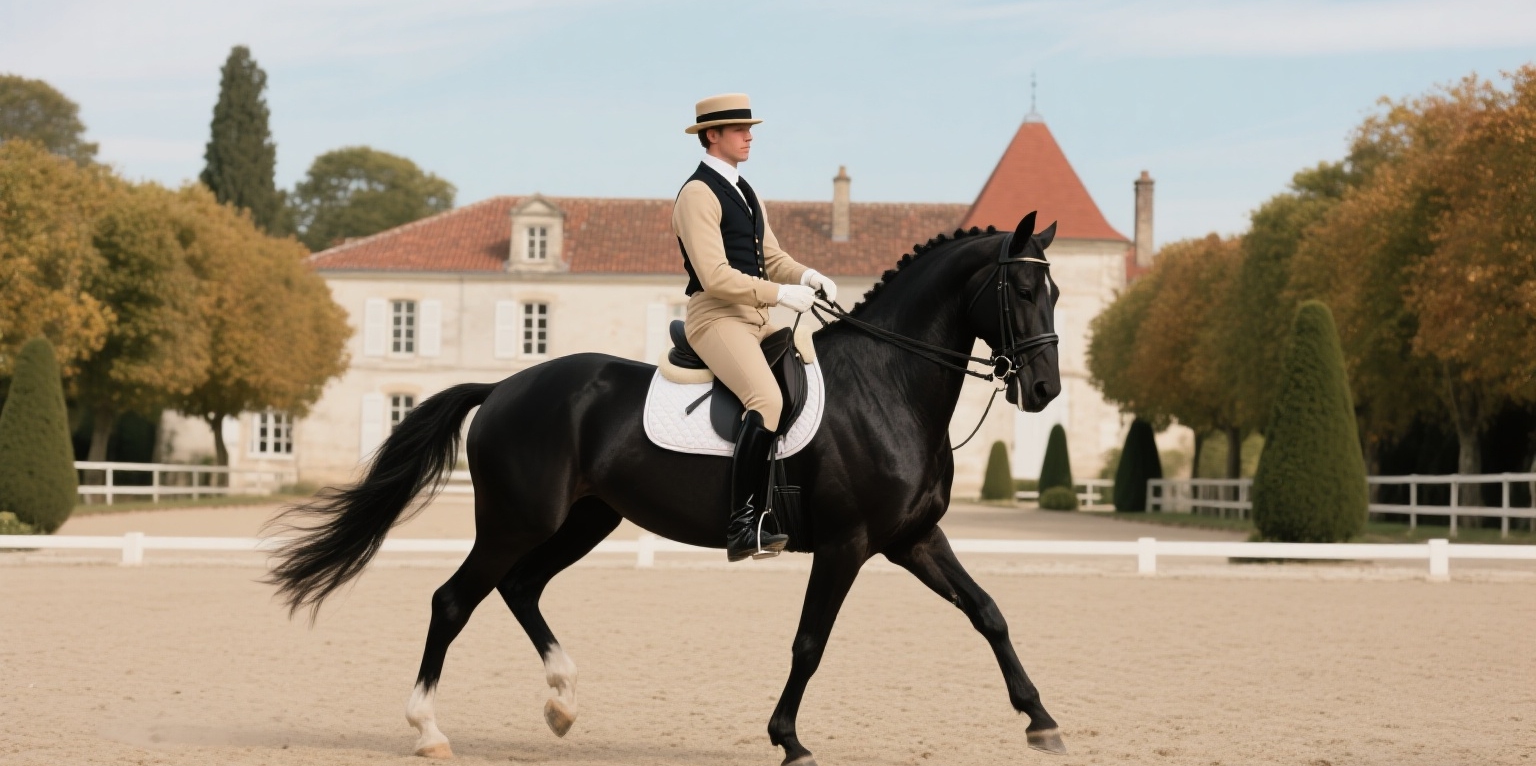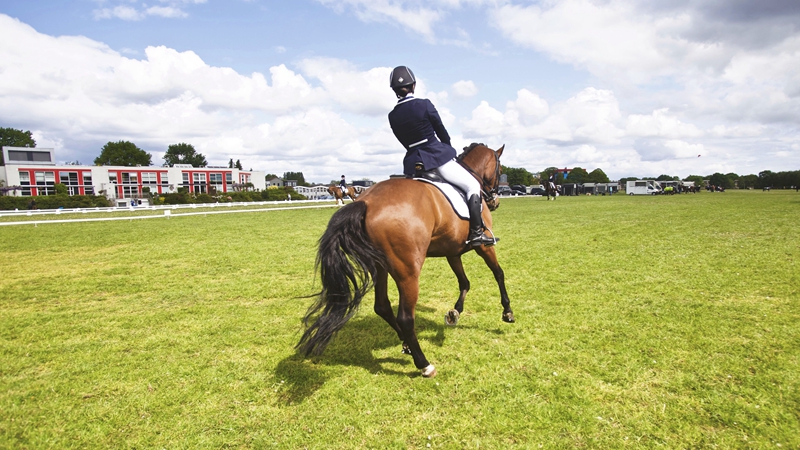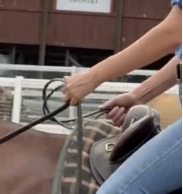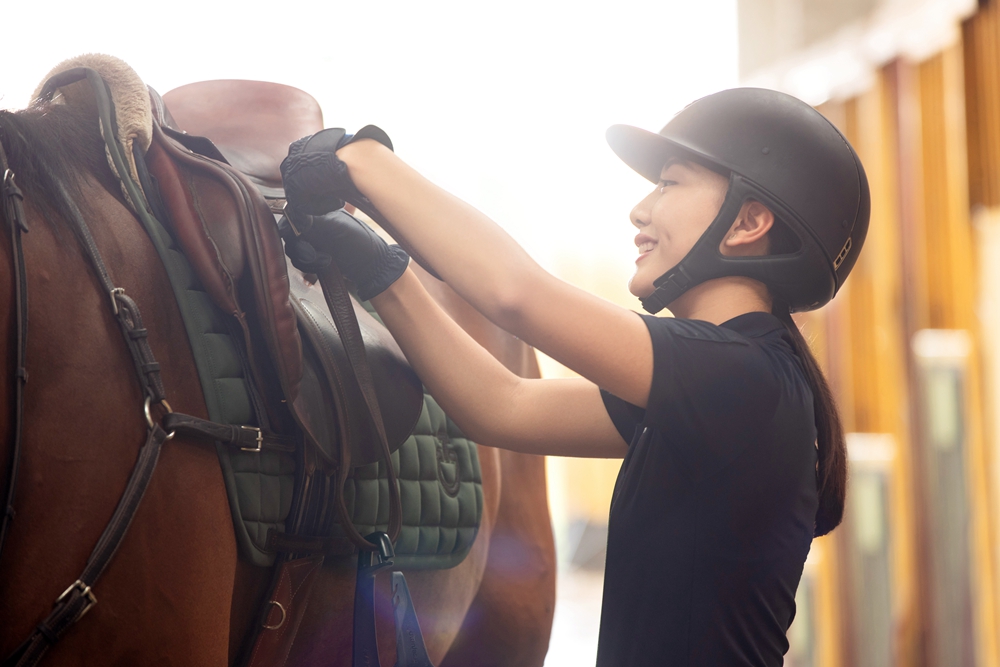The Development of Equestrianism in France2025-09-30Equestrian is not only a sport in France, but also an ancient skill that combines history, art, and aristocratic spirit. From the glory of medieval knights to the elegance of palace equestrianism during the Renaissance, the equestrian tradition in France has undergone centuries of sedimentation, forming a unique cultural symbol. From the classical dressage at the É cole des Princes in Saumur to the Olympic equestrian events held in front of the Palace of Versailles, France has always led the dev The Development of Equestrianism in Germany2025-06-03Equestrian is not only a sport in Germany, but also an art rooted in history and culture. From the medieval cavalry tradition to the pinnacle of modern Olympic competition, Germany has become a benchmark in the global equestrian field with its rigorous breeding system, world-class riders, and comprehensive training mechanisms. Whether it's the elegant strides of Hanowei horses, the precise control of dressage steps, or the thrilling scene of the Aachen World Equestrian Festival, German equestria Classification of equestrian competitions2025-05-27Equestrian is a competitive sport in which humans and horses collaborate, emphasizing the tacit understanding, skills, and elegance between the rider and the horse. International events include Olympic events such as dressage, track jumping, and triathlon, as well as non Olympic events such as endurance and horse drawn races. Equestrianism not only tests the rider's riding skills and tactical judgment, but also emphasizes the training and welfare of the horse. As a sport with a long history, it Comparison of types of reins2025-05-27The main reins are usually a continuous leather, nylon, or rubber strap with a length of approximately 1.5-2 meters. The length of the reins is usually adjusted according to the horse's body shape and riding style. This section of the belt often has anti slip patterns (such as rubber particles, woven patterns) to enhance grip strength. Components and classification of saddles2025-05-27Saddle is an essential equipment for most people in equestrian riding, and its components are also quite complex. A normal saddle is composed of front saddle bridge, rear saddle bridge, saddle skirt, and other parts




